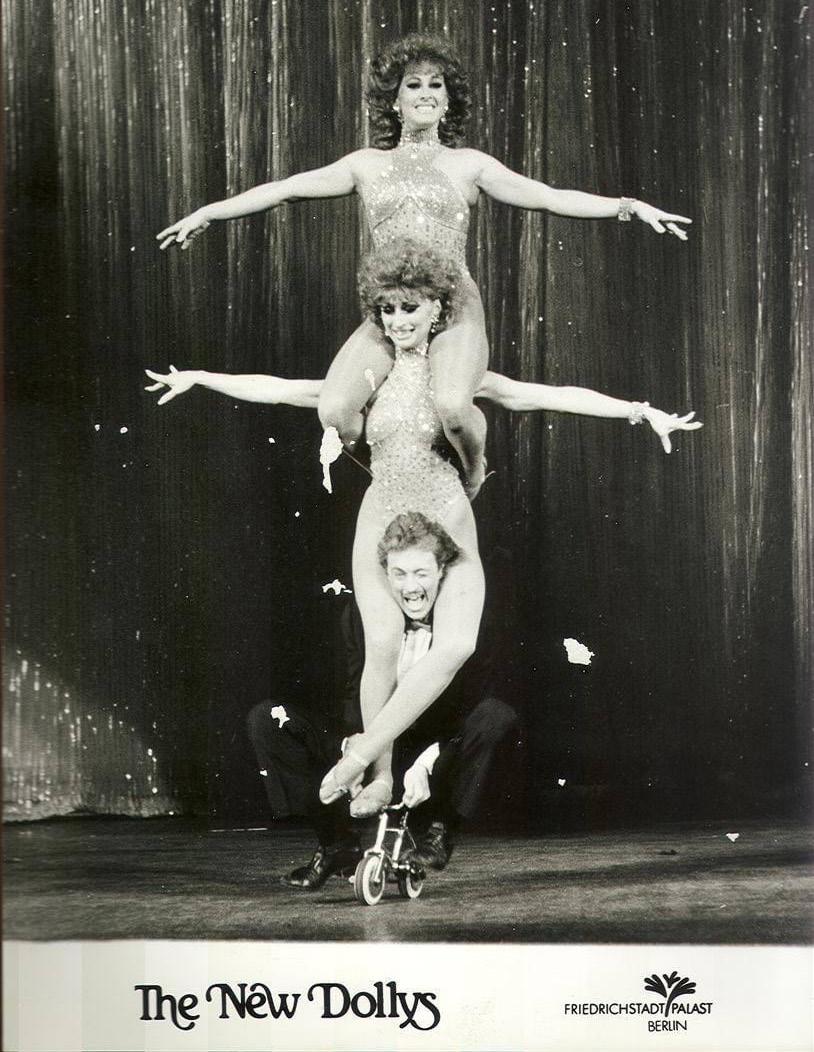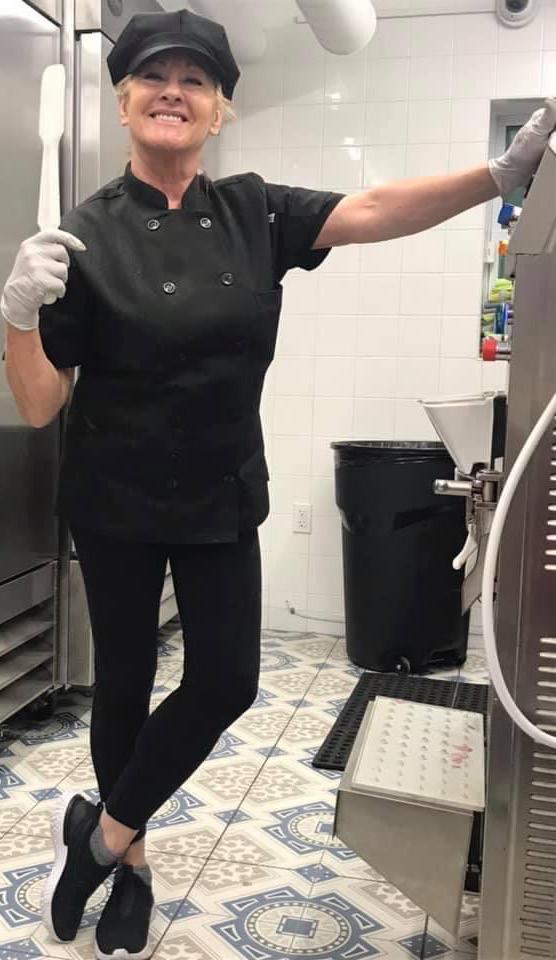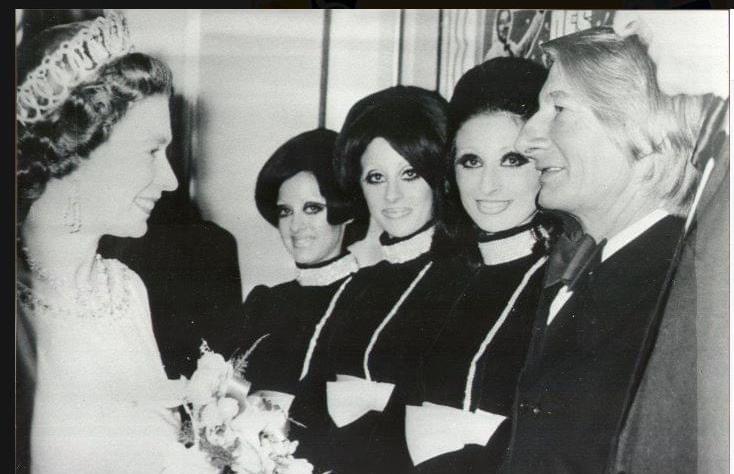
1 minute read
Still churning out a great performance
The extraordinary Diane Cuna, who operates Made in Rome organic gelato in the Village, is steeped in circus history
By Hannah Wallace
Seven days a week, for up to 14 hours a day, Diane Cuna churns out a rainbow of organic gelato flavors for her Made in Rome shop in the middle of Siesta Village. It’s a hard-working, colorful way of “settling down,” but Cuna’s life has never been conventional.
Cuna was born a third-generation circus performer in the famed Theron Family, a French bicycle act who fled Europe during World War II and performed all over the world with Ringling Brothers Barnum & Bailey Circus. Cuna grew up performing cycling feats and crossbow stunts with her siblings.
She finally retired from show business at age 40 and, inspired by her Italian husband, began channeling her creativity and gregarious energy into gelato. She opened Made in Rome on Ocean Boulevard on April 19, 2017. Six years later, you can still find her there, telling stories and serving up her fiery spirit in frozen form.

International upbringing
Cuna was on the go from the very beginning. Two days after she was born in St. Louis, the whole family hit the road again, taking baby Diane with them.
“I was raised all over the world,” she said. “Canada, Mexico, Paris, Japan, Singapore, you name it!”
Her parents, cousins, aunts and uncles had captured the attention of international luminaries, including Queen Elizabeth II and Pope John Paul II, and Cuna and her siblings soon had celebrity fans as well. Guided by their father, the children’s cycling act (called the New Dollys) performed for the likes of Cary Grant, Sean Connery, and Telly Savalas. “Grace Kelly always wanted the New Dollies to open her shows,” said Cuna.

At age 10, Cuna was sent back to the United States to attend school at Gocio Elementary in Sarasota, home of the circus’ winter headquarters. But her circus career continued well into adulthood.
Then one year in Marbella, Spain, the French-American cyclist met an Italian man named Massimo — “my Roman Gladiator,” she called him. The two
Continued on page 31












